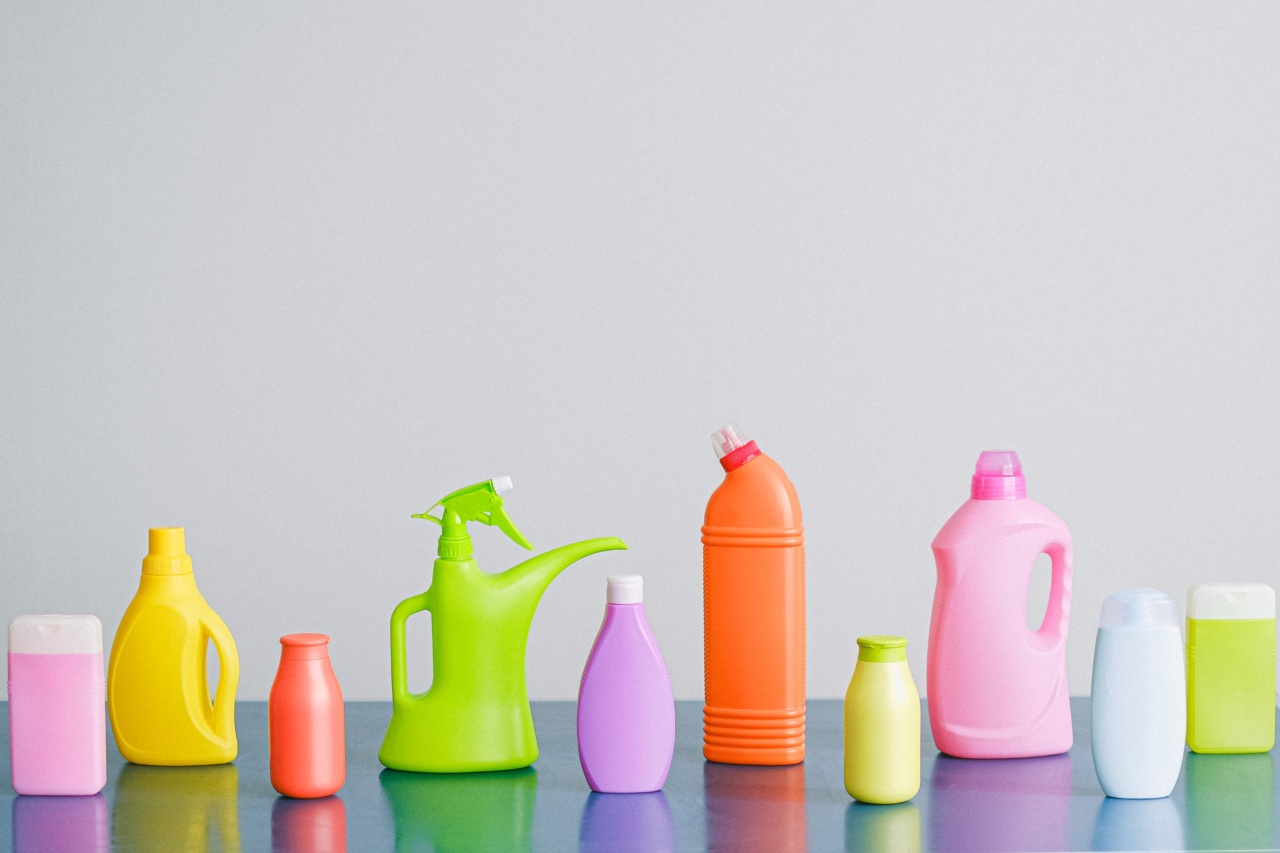Colors are an essential part of our daily routine, and they can shape our emotions, productivity, and even our moods. Colors can affect us in ways we never thought were possible.
From the color of our clothes to the color of the walls in our homes, colors are influencing our everyday lives. In this article, we will explore the impact of colors on our daily routine and how they can affect our lives.
Red
Red is a color that is associated with passion, love, and energy. It is also a color that can stimulate the appetite, which is why many restaurants use it in their decor.
However, red can also be an intense and aggressive color that can cause anxiety and stress. It is best to use red in moderation and balance it out with more relaxing colors like blue or green.
Blue
Blue is a color that represents calmness, peace, and serenity. It is a popular color in bedrooms and bathrooms as it is known to promote relaxation and a good night’s sleep. Blue can also increase productivity and focus in the workplace.
On the other hand, too much blue can lead to feelings of sadness or depression. It is important to balance out the use of blue with warmer colors like yellow or orange.
Green
Green is a color that symbolizes nature, growth, and harmony. It is a calming color that can reduce stress and anxiety. Green is also a popular choice for educational environments as it can increase reading speed and comprehension.
However, too much green can make one feel nauseous. It is best to use green in moderation and combine it with other comfortable colors like white or gray.
Yellow
Yellow is a bright and vibrant color that represents happiness, optimism, and creativity. It is an excellent color for kitchens or dining rooms as it can stimulate the appetite. Yellow can also increase productivity and stimulate the brain.
However, too much yellow can cause feelings of frustration or anger. It is important to balance yellow with calming colors like blue or green.
Orange
Orange is a warm and cheerful color that represents excitement, energy, and enthusiasm. It is an excellent color for workout rooms as it can increase energy and motivation. Orange can also increase creativity and productivity.
However, too much orange can cause feelings of irritation or anxiety. It is important to balance out orange with calming colors like blue or green.
Purple
Purple is a color that represents luxury, royalty, and spirituality. It is an excellent color for bedrooms or meditation spaces as it can promote relaxation and calmness. Purple can also increase creativity and imagination.
However, too much purple can cause feelings of frustration or confusion. It is important to balance out purple with lighter colors like white or gray.
Gray
Gray is a color that represents neutrality, practicality, and sophistication. It is a popular color for offices and workspaces as it can increase focus and productivity.
Gray can also create a calming and relaxing atmosphere when combined with pastel colors like pink or blue. However, too much gray can cause feelings of sadness or depression. It is important to balance out gray with more vibrant colors like red or yellow.
Brown
Brown is a color that represents stability, comfort, and warmth. It is a popular color for living rooms and bedrooms as it can create a cozy atmosphere. Brown can also increase feelings of safety and security.
However, too much brown can cause feelings of boredom or dullness. It is important to balance out brown with more vibrant colors like green or orange.
Black
Black is a color that represents sophistication, elegance, and strength. It is a popular color for formal events or clothing as it can create a powerful and confident impression. Black can also neutralize other colors and make them stand out more.
However, too much black can create a depressing and morbid atmosphere. It is important to balance out black with lighter colors like white or gray.
White
White is a color that represents purity, cleanliness, and simplicity. It is a popular color for minimalist and modern designs as it can create a spacious and uncluttered atmosphere. White can also promote calmness and relaxation.
However, too much white can create a sterile and cold atmosphere. It is important to balance out white with warm colors like pink or beige.
Conclusion
Colors are an essential part of our daily routine, and they can significantly impact our emotions, productivity, and overall well-being.
It is important to understand the effects of colors and how to use them in moderation to create a balanced and harmonious environment. By incorporating the right colors into our daily lives, we can improve our moods, increase productivity, and create a more positive and comfortable atmosphere.





























